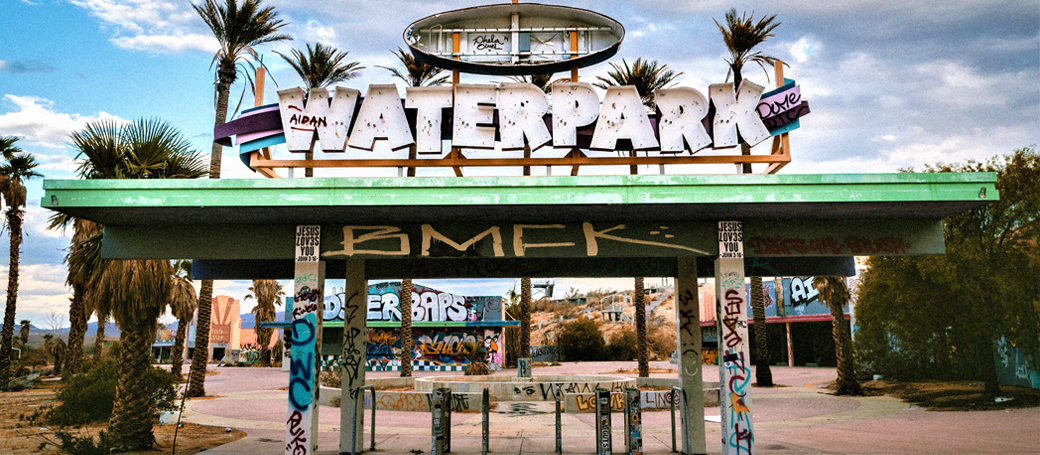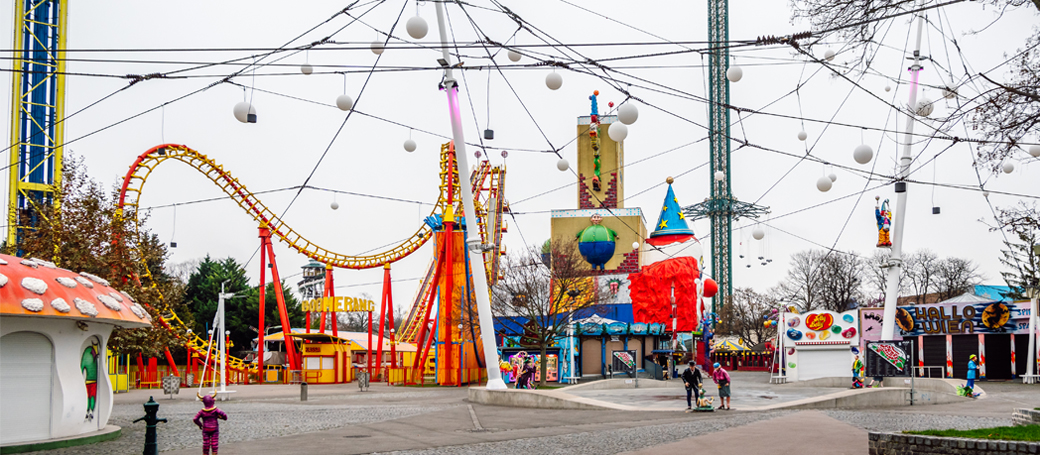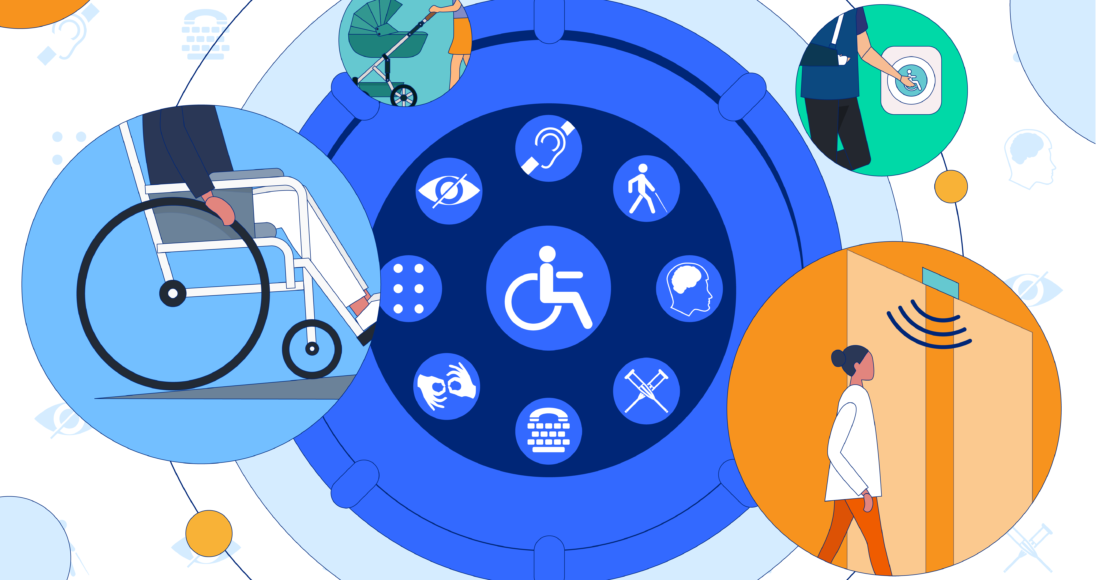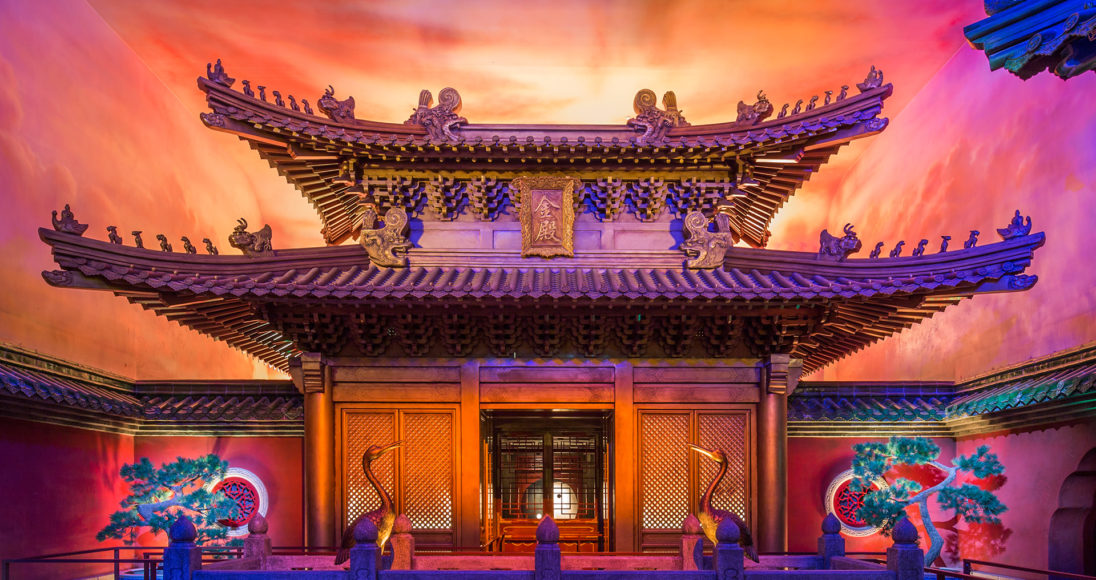Whenever I read the news of another theme park, water park or attraction that closes, I think of how devastating this must be for the owners, the employees, and guests. Within the last 20 years, we can count as many as 70 theme parks, water parks and attractions across North America permanently closing their doors. I can’t even begin to guess how many more parks have become defunct around the world.
I wonder how this happens, given all the time, money and dreams that go into the development of a park. What leads to this unfortunate outcome? Were there flaws in the economic fundamentals? Did operational maintenance and management not live up to code? Was the marketing campaign or business succession planning not thought-out enough? What about the appeal of the content, popularity of the brands, ease of access, competition, or affordability to guests? There are so many variables that weigh into the success or failure of a park, plus unpredictable circumstances such as economic collapse or natural disasters.
As designers, we can’t control all these factors, but can dissect and learn from a park’s failures from our unique perspective. A few key principles are identified below that considers design criteria for long-term survival.

Broad appeal leads to repeatability
Balance the park program to offer something for everyone by creating attractions/experiences that appeal to guests of all ages and interests. Entertainment designed and programmed to draw guests back means there is strong repeatability, which is important for local and regional markets. Think through the life cycle of your guests – from toddlers and kids, to teens and adults, parents and grandparents, keep the family engaged and encourage continued interaction. Attracting new park visitors is important, however maintaining a connection with your loyal guests is even more critical. Welcome and reward them when they return to build a long-term relationship.
Start modest and scale up
Plan the park efficiently by aligning the budget with an expansion strategy. Knowing how much to build and when is necessary for successful park planning. Guide the phased build-out as attendance grows, keeping in mind that critical mass is important to deliver guest satisfaction. There’s nothing worse than paying full ticket price for a park experience that doesn’t feel full or meets the perception of value. When uncertain, examine the instantaneous capacity – this is a snapshot in time to understand where and how the guests are distributed across the park. It illustrates whether there is too little or too much program for the estimated attendance. Avoid over providing unnecessary space and program, to over-deliver in quality and guest experience.
Flatten out the peaks and valleys
Program attractions and events to even out the seasonality, avoiding peak volumes. This means spreading entertainment activities out throughout the day/night and week. Dynamic pricing, which also helps even out peaks and valleys, is already ingrained in many parks as admission prices vary based on attendance trends. An interesting concept started in Belgium, you pay-as you go, hourly theme park rates. Overall, the flexibility to leave when the park gets too crowded means less people but with a better guest experience. When a guest spends less time in queues, they will do more and spend more money. From the design perspective, avoiding huge peak capacities helps reduce the design costs, capital budget and risk of overbuilding.

Don’t overestimate the brand
IPs (Intellectual Properties) are often considered a critical factor for success in a theme park, attraction or destination. Brands have a connection with guests, which makes it easier to deliver an emotional or cultural experience. Weigh the associated costs, risks and longevity of the IP, and consider design solutions that will survive even if/when the IP relationship expires. Some ask how you can have a park be successful without IP? The same way smaller parks succeed all over the world by delivering great customer service, a memorable entertainment experience, and high value.
Designing a park challenges us to think forward; to anticipate what the guests need tomorrow. The “If you build it, will they come” approach is obviously not true for the many theme parks, water parks and attractions that have quietly closed their doors over the past 20 years. As sensitive as this topic may be in this very competitive landscape, as designers we must learn from failures to create places that weather the test of time and give guests many reasons to keep coming back.



